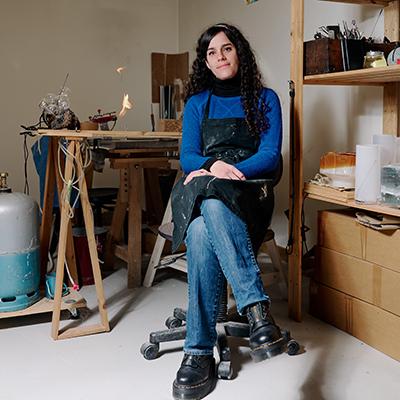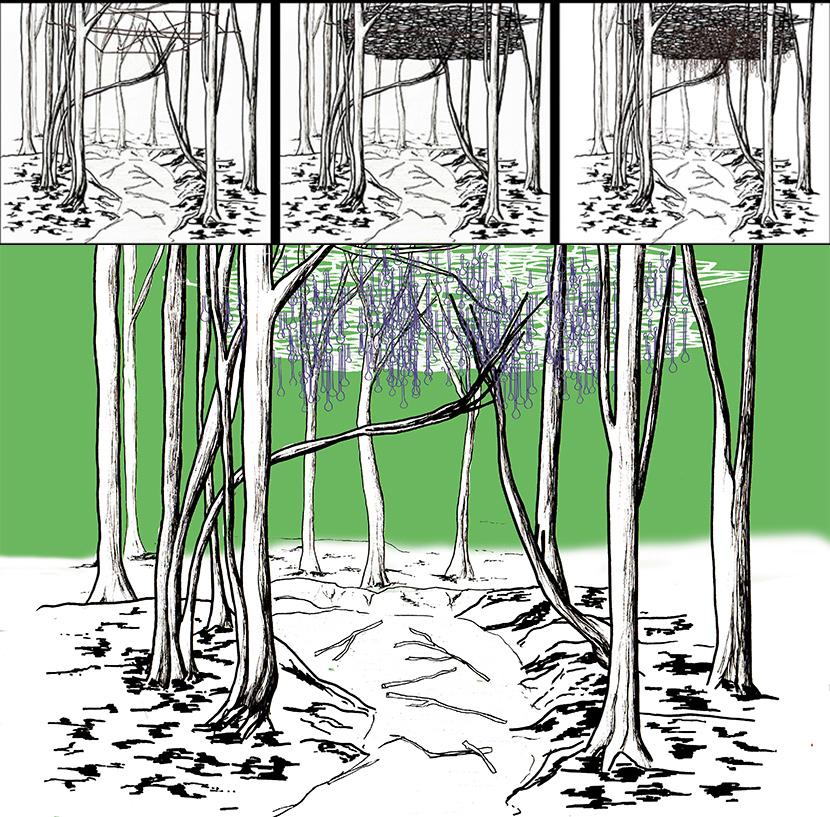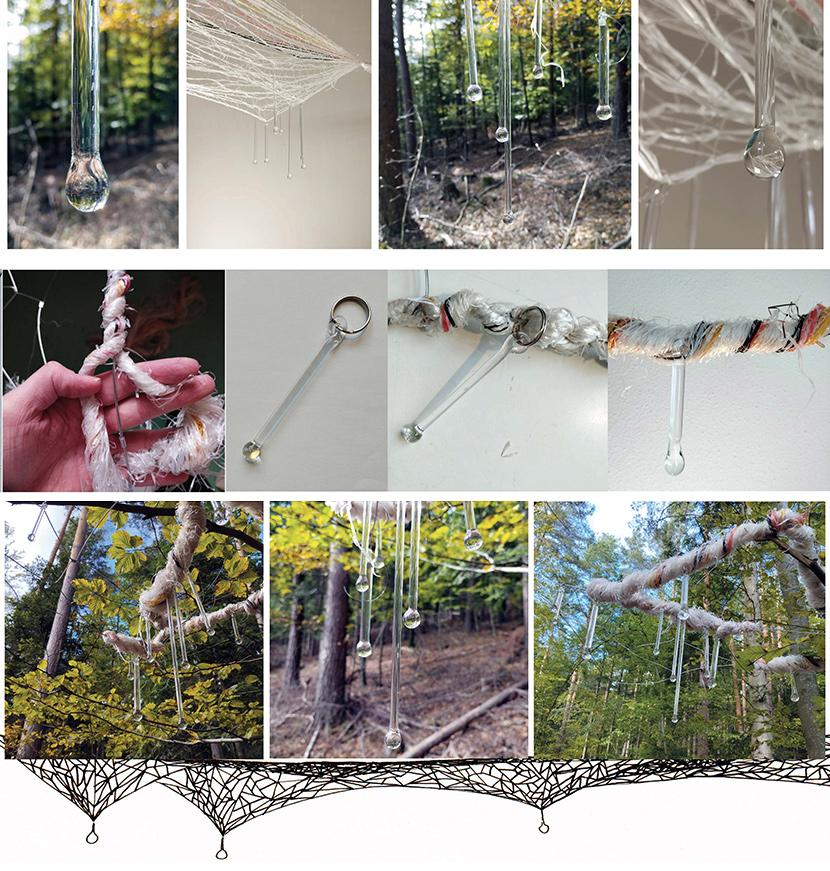
Graduated from Strasbourg's Haute école des arts du Rhin (HEAR) and trained in workshops in France, Germany and Denmark, Mathilde Caylou has chosen glass as her medium.
It was in the school's workshops that she discovered this material, and was immediately won over by her working possibilities, her capacity for transformation and her evocative power. Glass became the main medium for her work. The objects of contemplation she imagines rub shoulders with the visible and the invisible, responding to a field of research focused on landscape, the environment, agriculture and the way in which man shapes and transforms his "mid-place".
Her work has been exhibited at the Horizon Sancy festival, in the gardens of the Musée Mallarmé, and at the Repaire Urbain in Angers. One of her permanent sculptures is installed in the city garden of San Vito Al Tagliamento in Italy. She has also been the prize winner of the Fondation Banque Populaire and the Académie des Savoir-Faire, Fondation d'Entreprise Hermès.


L’attrape-brume ("The Mist Catcher") is composed of recycled agricultural nets woven into ropes, and glass. Hanging in the air between trees, the installation resembles a light and monumental spider web. Glass drops, fixed and scattered across this network, dangle like hundreds of pendants, swaying in the wind and playing with the light. Occasionally colliding softly; they produce a discreet tinkling, a warning sound.
The installation is inspired by the silk threads of spider webs and by fog collectors installed in arid regions around the world, which serve as water sources for local populations. Drought is also on the increase in France and trees, which are sensitive to water stress, are seeing their health deteriorate. The artwork evokes the breathing of the forest and its role in the water cycle, highlighting the interactions between natural elements to produce rain, condensation and evapotranspiration. The use of glass, a mineral and rotproof material that has no impact on the environment, is reminiscent of water in its transparency and physical properties.
The installation delicately and poetically integrates and reacts to its environment.
